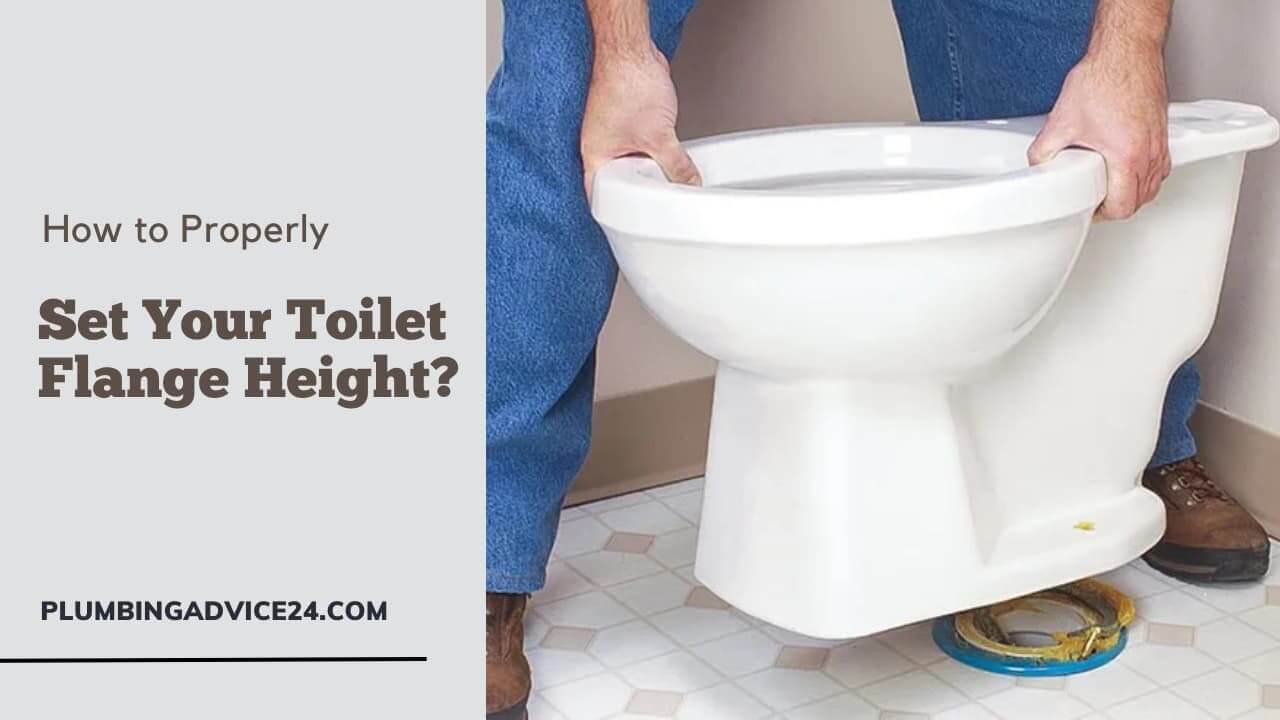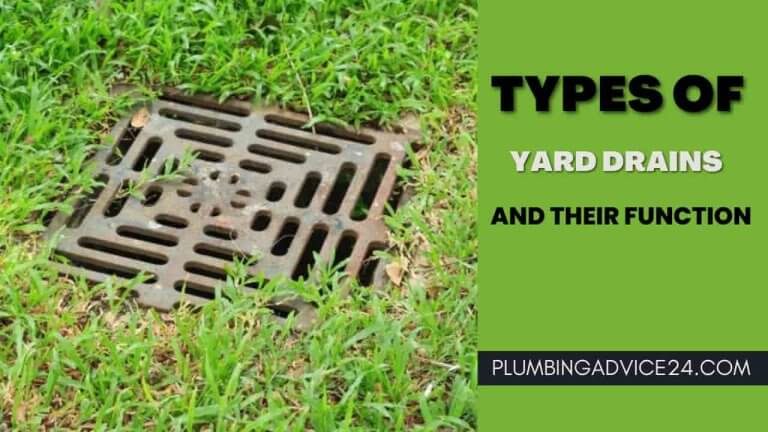How to Properly Set Your Toilet Flange Height
When installing a toilet, setting the toilet flange height is critical. The flange serves as the link between the bathroom and the sewage line.
If the flange is not adjusted to the right size, the toilet will not sit on the floor, and waste may not flow properly down the sewage line.
This post will go through how to properly set your toilet flange height.
Determine the Proper Flange Height
The first step in determining the right height for your toilet flange is to measure it. The flange should be installed so its top is level with the completed floor. This keeps the toilet flush with the floor and waste flowing smoothly via the sewage line.
To decide the right height, examine the kind of toilet you are installing and the thickness of your flooring. A flange height of 1/4 inch above the completed floor is usually required for standard toilets.
However, if you’re installing a low-flow toilet, the flange height may need to be raised to accommodate the bigger trapway.
The flange height must be adjusted proportionately if you place a toilet on a higher platform, such as a tile or hardwood floor. In this scenario, the flange should be positioned such that its top is level with the more elevated platform.
Remove the Old Flange
If you are replacing an old toilet, the old flange must be removed before installing the new one. Turn off the water supply to the bathroom and detach the water supply pipe to do this.
Remove the nuts that secure the toilet to the flange and raise the bathroom away from the flange.
The screws that hold the flange to the floor should be removed using a screwdriver. If the screws are rusty or difficult to remove, you may chop them off using a hacksaw or reciprocating saw.
After removing the old flange, clean the area surrounding the sewage line to remove any old wax or debris.
Check the Sewer Pipe
Before installing the new flange, ensure the sewage line is in excellent condition. Cracks, leaks, and rust are all symptoms of damage or corrosion.
If any problems are discovered, you may need to repair or replace the sewage line before installing the new flange.
Ensuring the sewage pipe is correctly aligned with the flange is also critical. The toilet may not sit perfectly on the flange if the pipe is off-center or at an angle, and waste may not flow properly through the sewage line.
Install the New Flange
Place the new flange over the sewage pipe and align the screw holes with the holes in the floor. Ascertain that the flange is level with the completed floor. The flange should then be screwed to the floor.
PVC and cast iron are two examples of the many flange types available. Choose a flange suitable for your sewage line and complies with local construction requirements.
Attach the Toilet
After the flange has been placed, the toilet may be attached. First, secure the wax ring to the flange above the sewage pipe. The wax ring forms a watertight barrier between the bathroom and the sewage line.
Lower the toilet gently onto the wax ring, ensuring that the bolts on the flange match up with the holes in the toilet’s base. Firmly push down on the toilet to compress the wax ring and form a tight seal.
Secure the Toilet
Once the toilet is in position, use nuts and bolts to attach it to the flange. To prevent shattering the bathroom, tighten the nuts gently and evenly. Overtightening the nuts could result in harm.
Check that the toilet is level and sturdy. If the toilet wobbles or rocks, it might be because the flange isn’t level or the bathroom isn’t correctly fastened. You may need to modify the flange height or use shims to level the toilet.
Test for Leaks
Turn the water supply back on and check for leaks after the toilet is firmly in place. Allow the water to run for a few minutes, and look for any traces of water around the base of the bathroom and the water supply line.
Turn off the water supply and tighten the connections if you see any leaks. If the leaks continue, you may need to replace the wax ring or investigate additional problems.
Finish the Installation
After establishing no leaks, you may complete the installation by caulking around the toilet’s base. This aids in sealing gaps between the bathroom and the floor, preventing water from seeping down and causing damage.
Use a waterproof caulk and spread it evenly over the toilet’s base. To get a tidy finish, smooth out the caulk using your finger or a tool.
Clean Up
Finally, tidy up the surrounding area and dispose of any old materials or garbage. Follow local restrictions when disposing of hazardous trash, such as old wax rings or PVC glue.
Conclusion:-
Setting the correct height for your toilet flange is critical for a safe and waterproof installation. By following these procedures, you may install a new toilet flange while avoiding frequent problems like leaks and instability.
If you are still determining any installation element, getting advice from a professional plumber is preferable.
Remember that appropriate toilet flange maintenance may help avoid future problems. Inspect the flange and sewage pipe regularly for indications of damage or wear, and remedy any concerns as soon as possible.
Related Post : How to Install a Toilet Flange?
What Size Is a Standard Toilet Flange?
A standard toilet flange typically has an inside diameter of about 3 inches and an outside diameter of about 7 inches. However, it is important to note that flange sizes may vary depending on the specific model and manufacturer.
What Is the Outside Diameter of a Toilet Flange?
The outside diameter of a standard toilet flange is usually around 7 inches.
What Happens If Toilet Flange Is Too High?
If the toilet flange is too high, it means that the top of the flange is located above the finished floor level. This will cause leakage at the base of the toilet, the toilet will not sit on the floor, and the waste will not flow properly down the sewage line.
What to Do If Toilet Flange Is Too High?
If the toilet flange is too high, you can remove the toilet and inspect the flange to fix it. Remove the existing flange and lay the drain pipe parallel to the floor. Then install the new flange at the correct height. To determine the correct height, check the type of toilet you are installing and the thickness of your flooring. A standard toilet generally requires a flange height of 1/4 inch from the finished floor.
What to Do If Toilet Flange Is Too Low?
If the toilet flange is too low, you remove the toilet and inspect the flange to fix it. Use a flange extender or flange spacer (which fits inside the existing flange and increases the height of the connection point) to raise the toilet flange, or remove the existing flange and install a new one at the correct height.
If You Liked This Post? So Share It with Your Friends
Suggested Articles:






